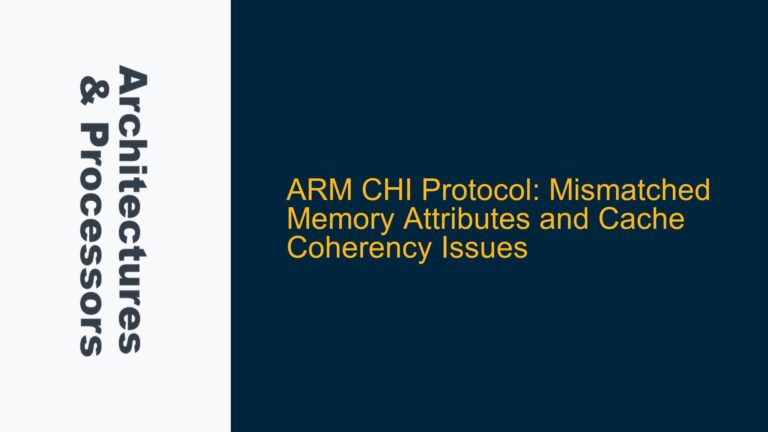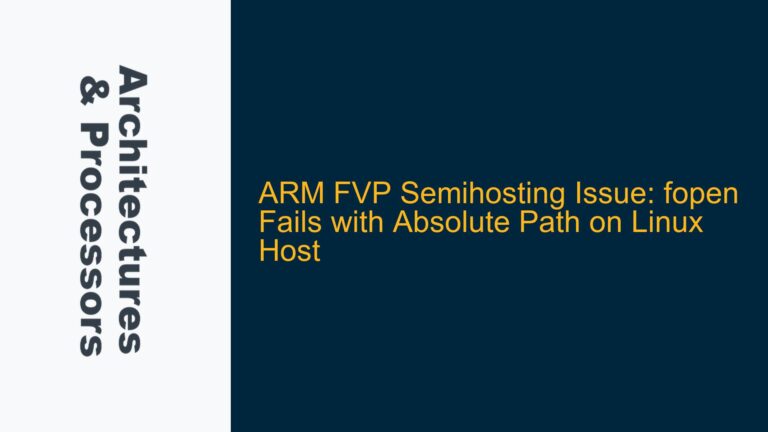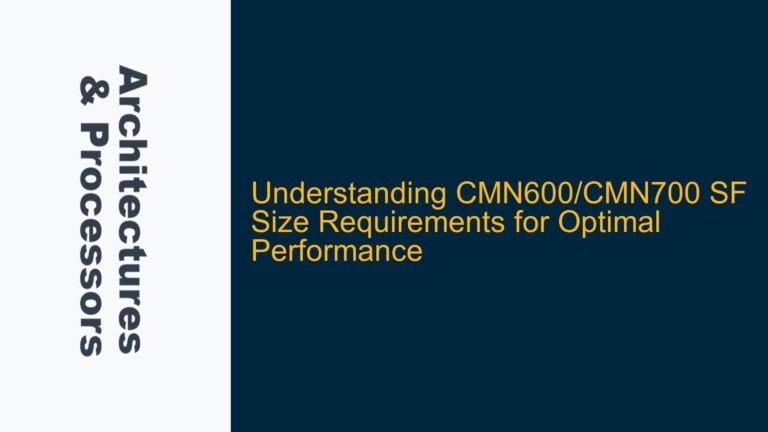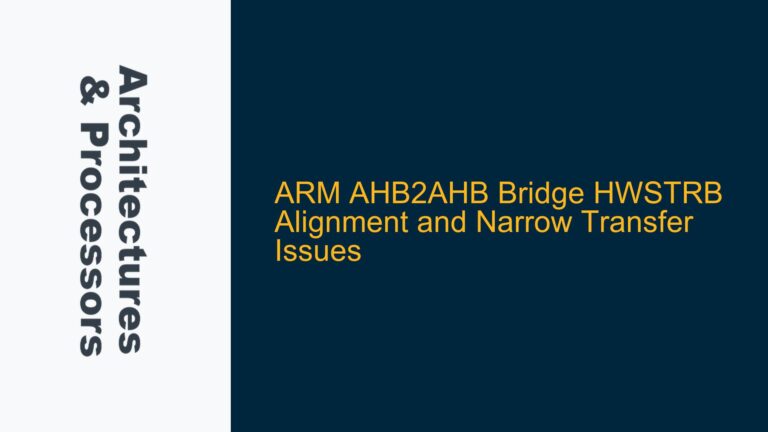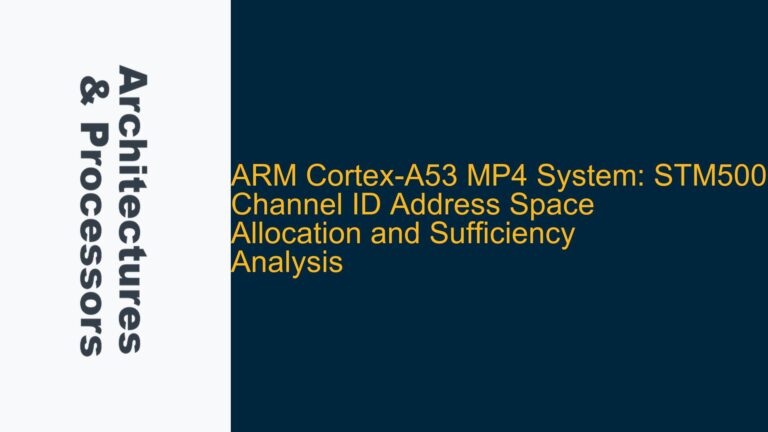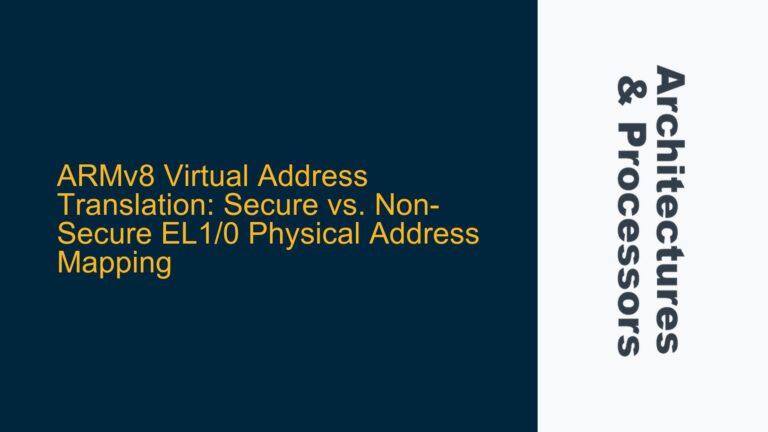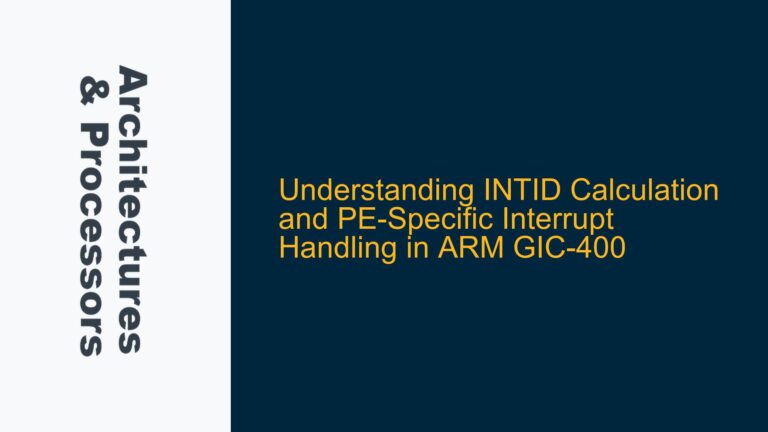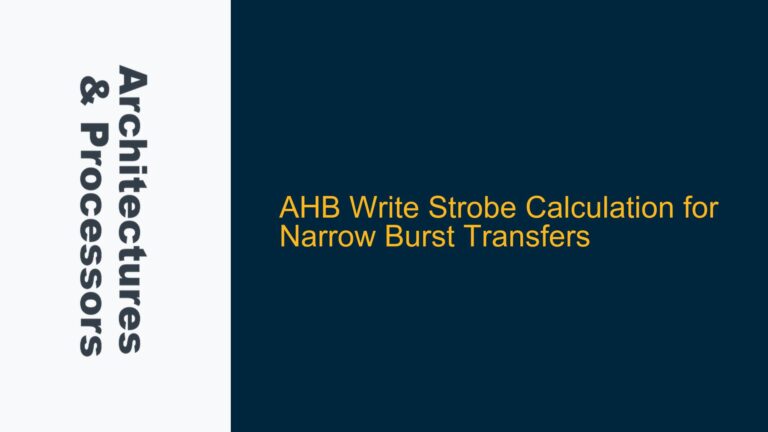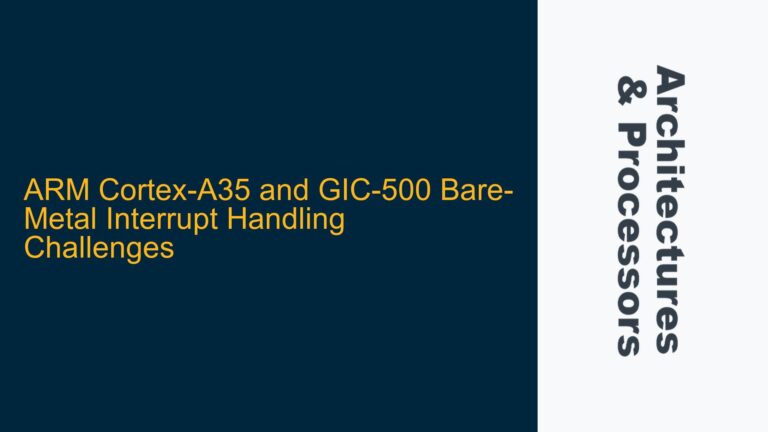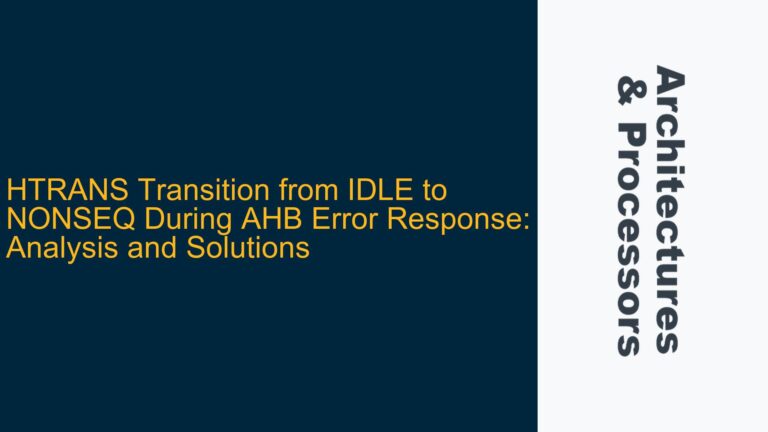ARM CHI Protocol: Mismatched Memory Attributes and Cache Coherency Issues
ARM CHI Protocol: Clean Cache Line Visibility and SnpAttr Transactions The ARM Coherent Hub Interface (CHI) protocol is a critical component in ensuring data coherency across multiple requesters and caches in a system. One of the key challenges in implementing CHI is managing the visibility of clean cache lines when transactions with different SnpAttr values…
